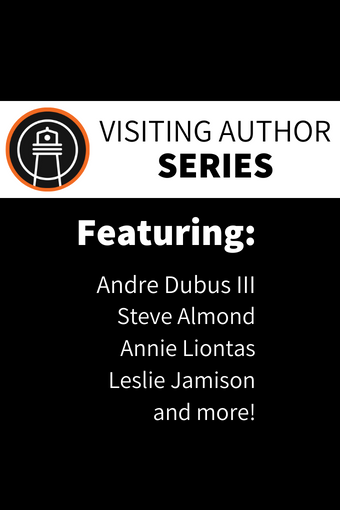In my poetry workshop this week, we've been reading work by Tomas Tranströmer, a very fine Swedish poet, who does things in poems one is often told not to do (that's why I like him so much). Metaphors float in and out and mix themselves up; sentences fragment and re-collect in odd ways.
In literature about him, many reviewers talk about how Tranströmer is all about the "deep image." So, for those of you unfamiliar with  this terms, here's a definition from the Longman Dictionary of Poetic Terms:
this terms, here's a definition from the Longman Dictionary of Poetic Terms:
DEEP IMAGE: a term widely used in contemporary discussion of poetry, but which no one has specifically defined. In general the term refers to an image that connects the physical world with the spiritual world, and in this way in synonymous with the much older term ANAGOGE. Some contemporary associations of deep image can be glimpsed in the following quotation from Robert Bly in an essay on Francis Ponge (Georgia Review, Spring 1980):
"Something surprising happens often during the writing (of the prose poem). It is as if the object itself, a stump or an orange, has links with the human psyche, and the unconscious provides material it would not give if asked directly. The unconscious passes into the object and returns. The union of the object with the psyche moves slowly, and the poem may take four or five years to write."
I like that--the idea of linking the image with the psyche, though it's not always that easy. Like the Tao, if you think about doing that, you've already lost the way. You can't think too much.
That said, your assignment, dear writers, is to write those haunting, lasting, deep images into your work. Get to it!
Do it, but don't think about it.
--MJH

